
MORIYAMA

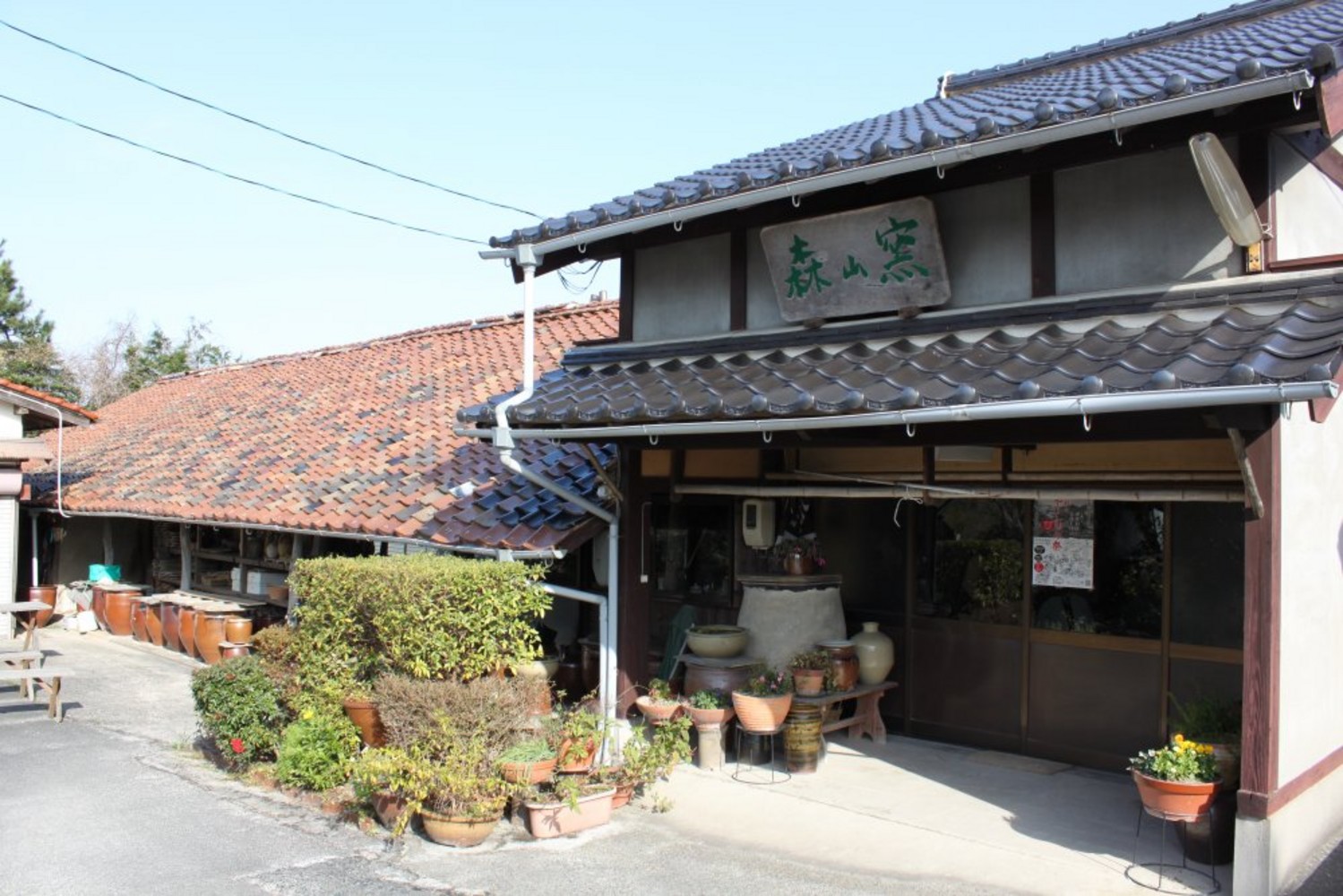
The first time we visited the Moriyama kiln, where Kanjiro Kawai's last apprentice, Masao Moriyama, had opened the kiln, was around the end of the first three days of the New Year.Mr. and Mrs. Moriyama kindly welcomed our visit at such an awkward time.Together with the couple, we enjoyed oshiruko (sweet red beans soup), homemade pickles, and delicious green tea in their vessels.I remember being so impressed by the beauty and thoughtfulness of the hospitality that I couldn't put my chops to rest. Along with the Moriyama kiln tea cups, the tea bowls are from the Moriyama potter's wheel workshop, which is also a Shimane company that has been in business for over 50 years and makes folk tea utensils using a foot potter's potter's wheel, and has been in use since the couple got married. I did. The beauty of each piece, and the overall balance when presented as a whole, gave me a sense of security, and it was so beautiful that I was captivated by it all at once.
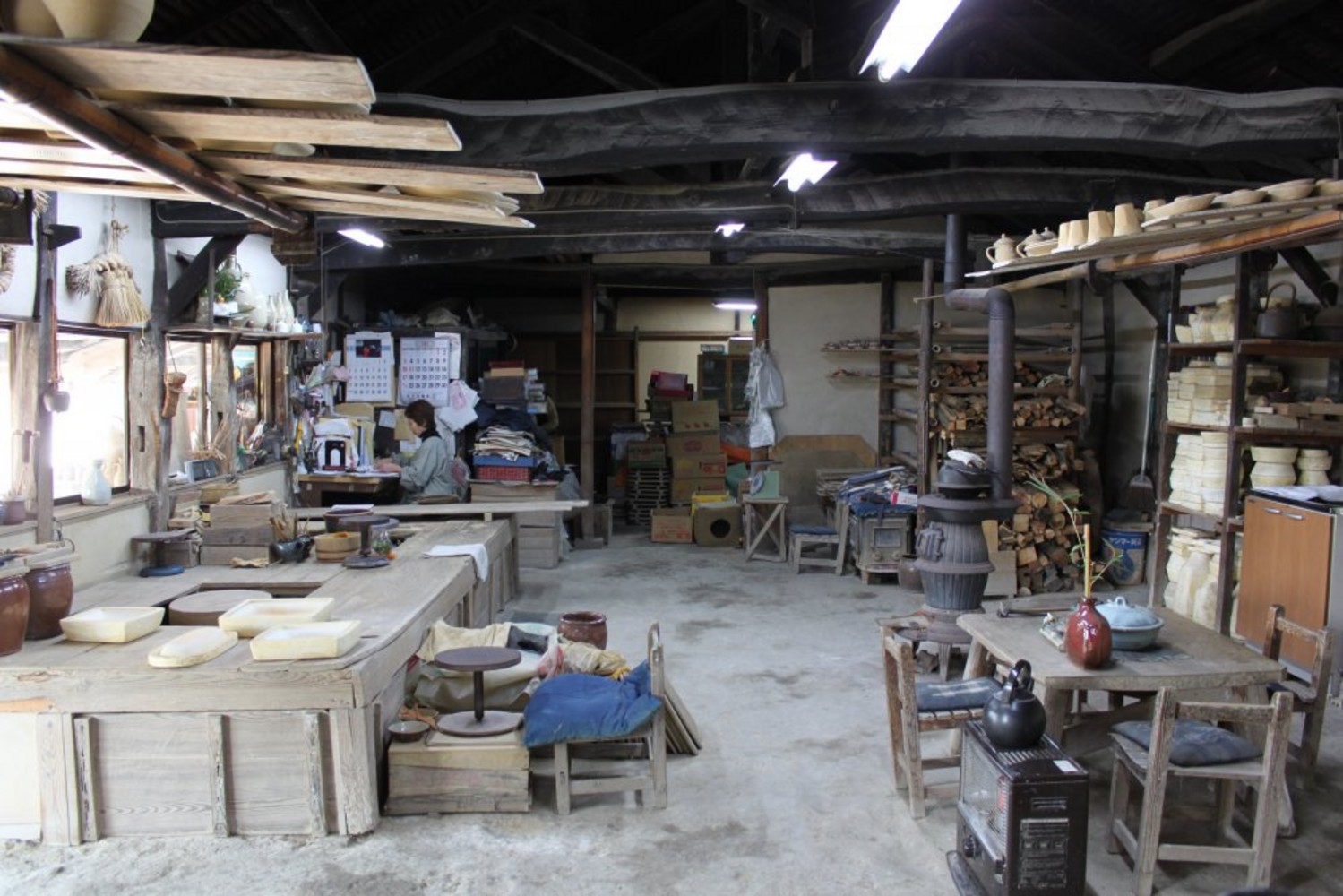
It wasn't just the vessels that captivated us. I was fascinated by the space where the vessels were located and the world view that Mr. and Mrs. Moriyama created. The workshop where the pottery is made has an earthen floor, which the couple says is the best for making pottery, and is equipped with a low, sloping table and chairs that have probably been used for many years. On top of it are small items made by Mr. Moriyama's friend, an Ainu potter, and flowers arranged by his wife in a Moriyama kiln vase are displayed on a daily basis. The space where the vessels were placed was also decorated with craft items from overseas.
Above the workshop where the potter's wheel is located, there were several fine shimenawa decorations, and later when I visited him at times other than New Year's, they were also displayed, so it seems that his master, Kanjiro Kawai, used them. I also learned that shimenawa, which are generally only displayed at the beginning of the year, are displayed all year round at Moriyama-gama.
Of course, it goes without saying that our house has been displaying shimenawa all year round since then. It would be a waste to decorate and dedicate such beautiful shimenawa only at the beginning of the year.
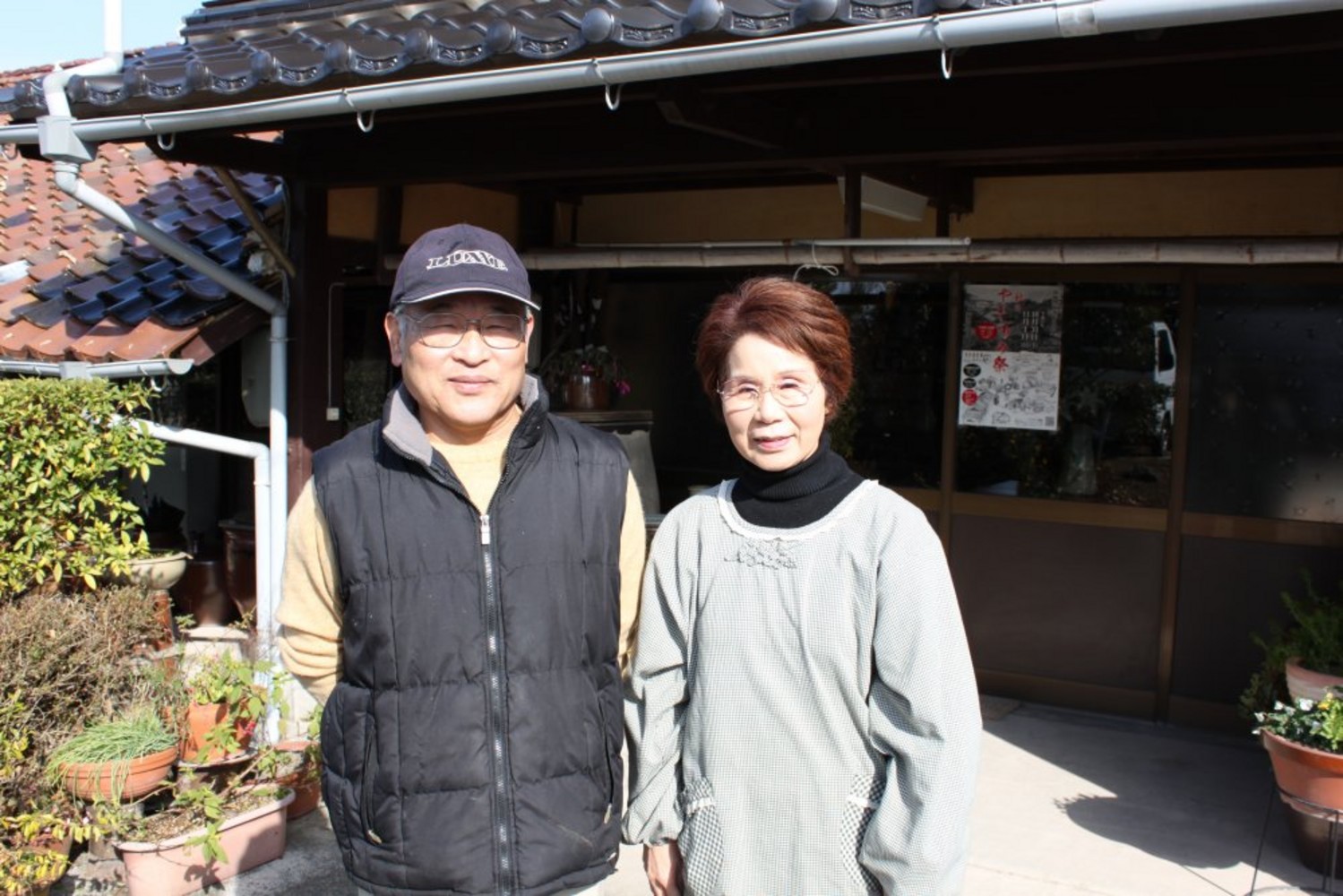
There are so many things other than pottery that captivate my heart, and it takes an eternity to choose the pottery. Moriyama Kiln has three main color tones: Gosu glaze and lapis lazuli blue, and gray glaze that has a calming yellow-green color similar to ramune color.However, the colors of the sun and the greenery in the garden of Moriyama Kiln When placed side by side, together with the penetration of the vessel, it is so beautiful that it rivals or even absorbs nature, and it also shows a richly expressive and colorful face. In addition, each pottery is sturdy and healthy, giving you a sense of security that is typical of folk utensils.
Terms & Conditions
Newsletter
Sign up for our newsletter:
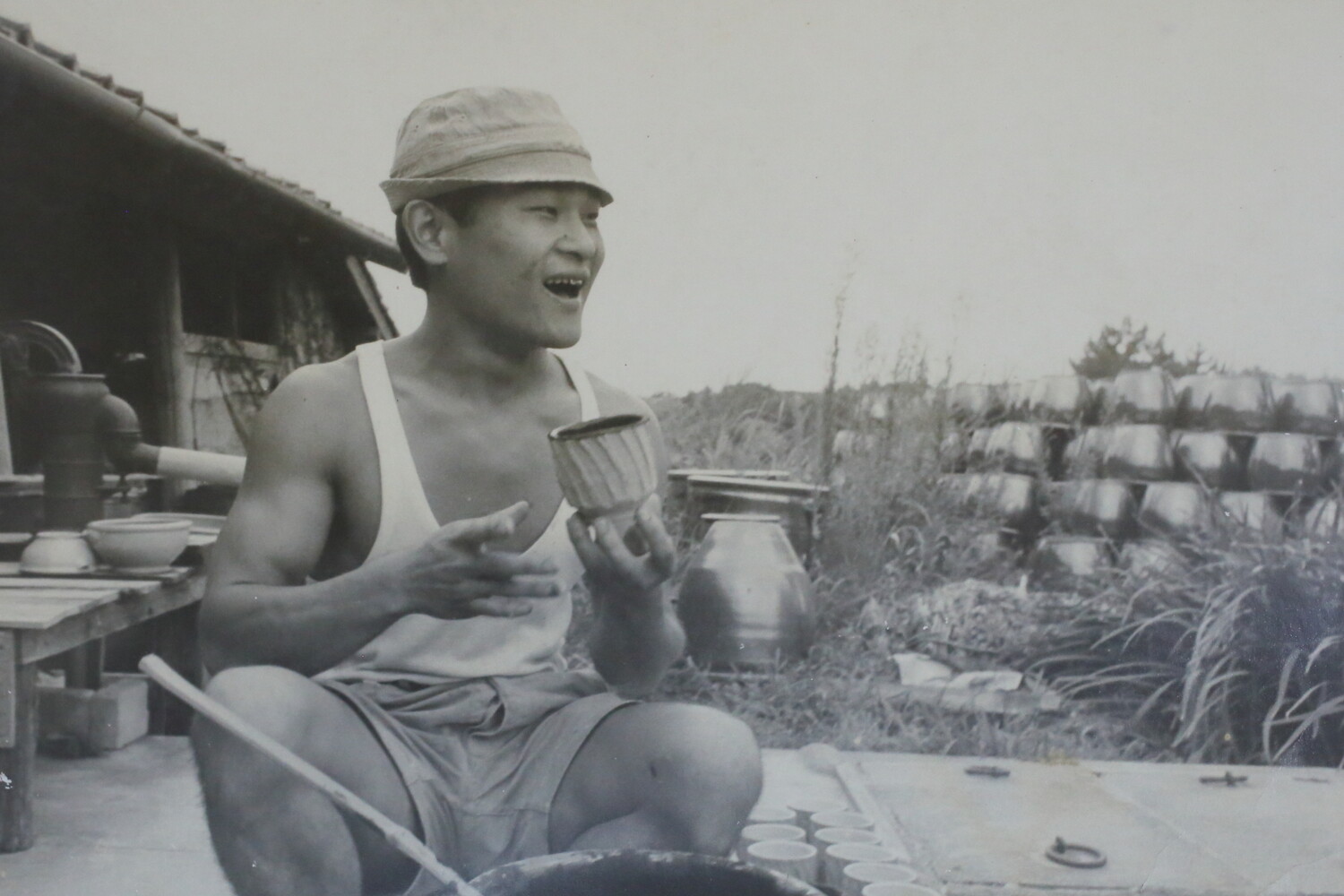
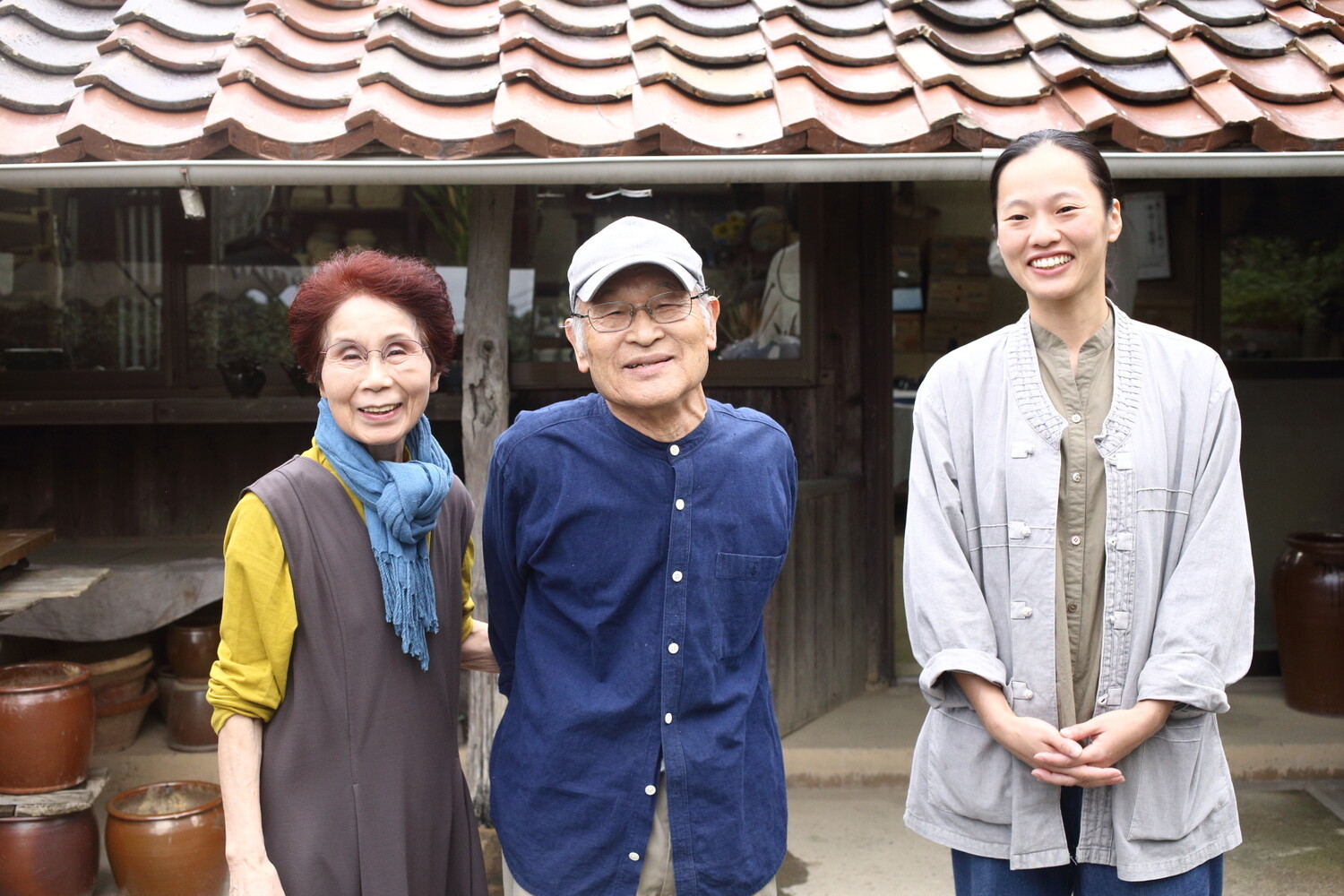
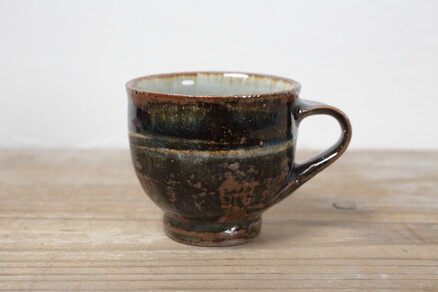
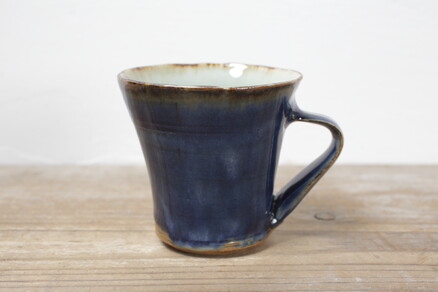
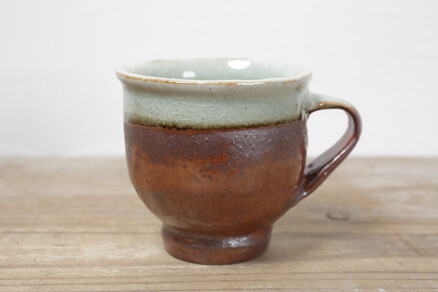
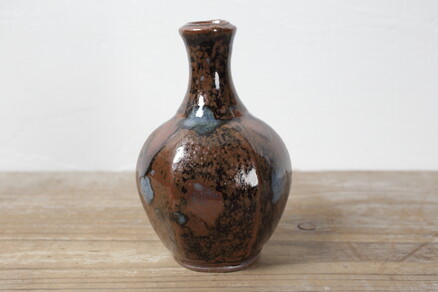
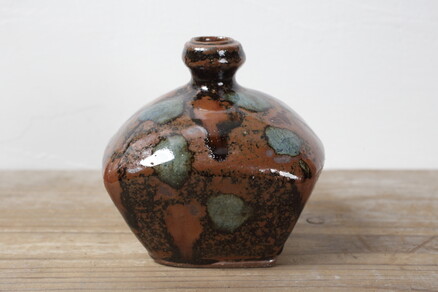
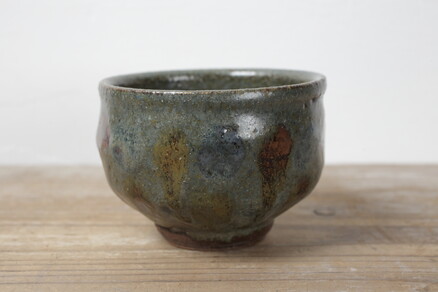
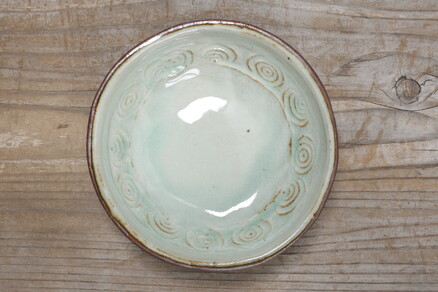
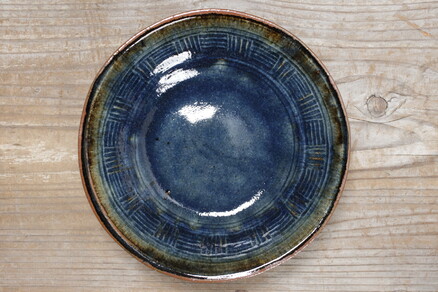
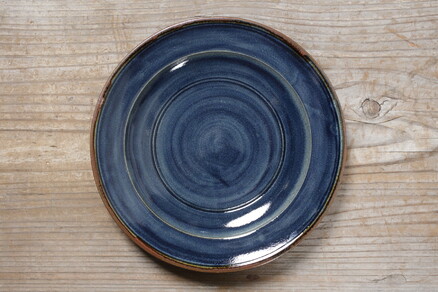
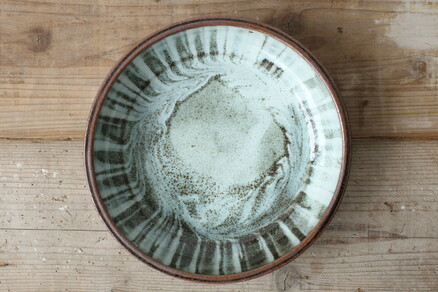
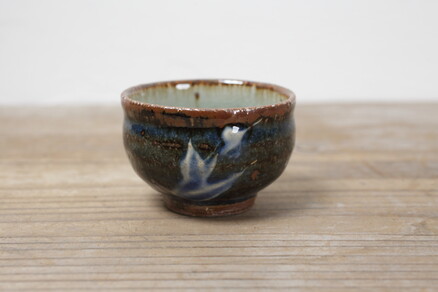
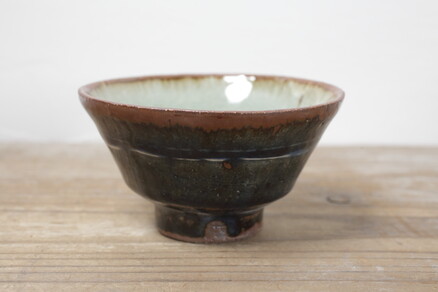
Biography